Touch one, touch all: What should we do if police arrest individuals at peaceful protests?
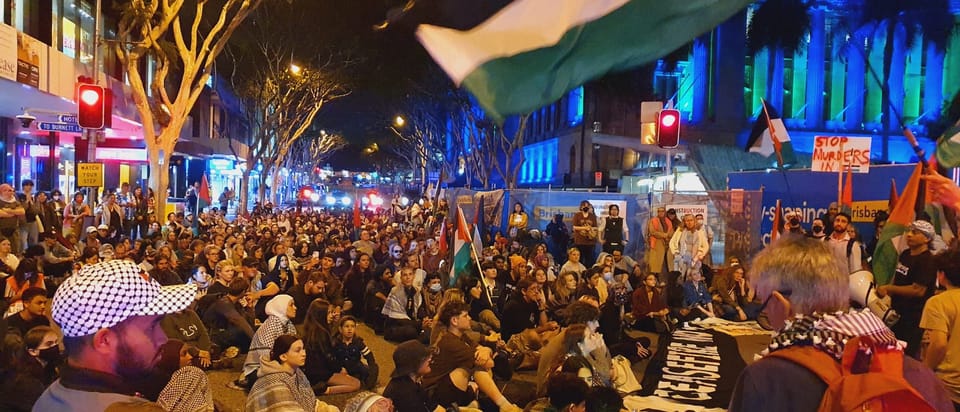
Over the past few years, police repression of peaceful protest has been rising steadily in Queensland in response to increasingly effective movements for social change.
Although we theoretically have a human right to public assembly – which includes some limited legislative protections of the right to block and march on roads via the Peaceful Assembly Act – hot-headed officers with axes to grind still routinely find pretexts to arrest activists engaging in peaceful protest.
How we respond to such incidents in the heat of the moment matters a lot to the growth and success of our movements.
At last Friday night’s Justice for Palestine protest, police arrested a young woman who’d been marching with the crowd.
The somewhat-inconsistent police narrative was that she was wanted for allegedly assaulting a police officer after heckling Premier Steven Miles at another Palestine-related protest action at the May Day rally (five days earlier).
Exactly what she’s accused of and whether she actually did it aren’t really important here. What matters is that while over a thousand people of all ages and demographics were peacefully marching down the street, police singled out and arrested one of the march participants.
Police actions like this can have a severe chilling effect on protest movements, particularly if they happen in front of a large crowd and no-one’s quite sure what’s going on (I think the police know this too). It can make participants more nervous and discourage turnout at future rallies.
On Friday night, the rally leaders made a snap decision (I use the term ‘leaders’ very loosely, as there were literally dozens of people showing leadership in various ways); they shared as much information as they could with the assembled crowd about the arrest, then invited people to sit down on the road and occupy the space until we knew what had happened to our comrade who’d been taken to the watch house.
We remained sitting on Adelaide Street until just before 9pm, when the call came through that our friend had been released.
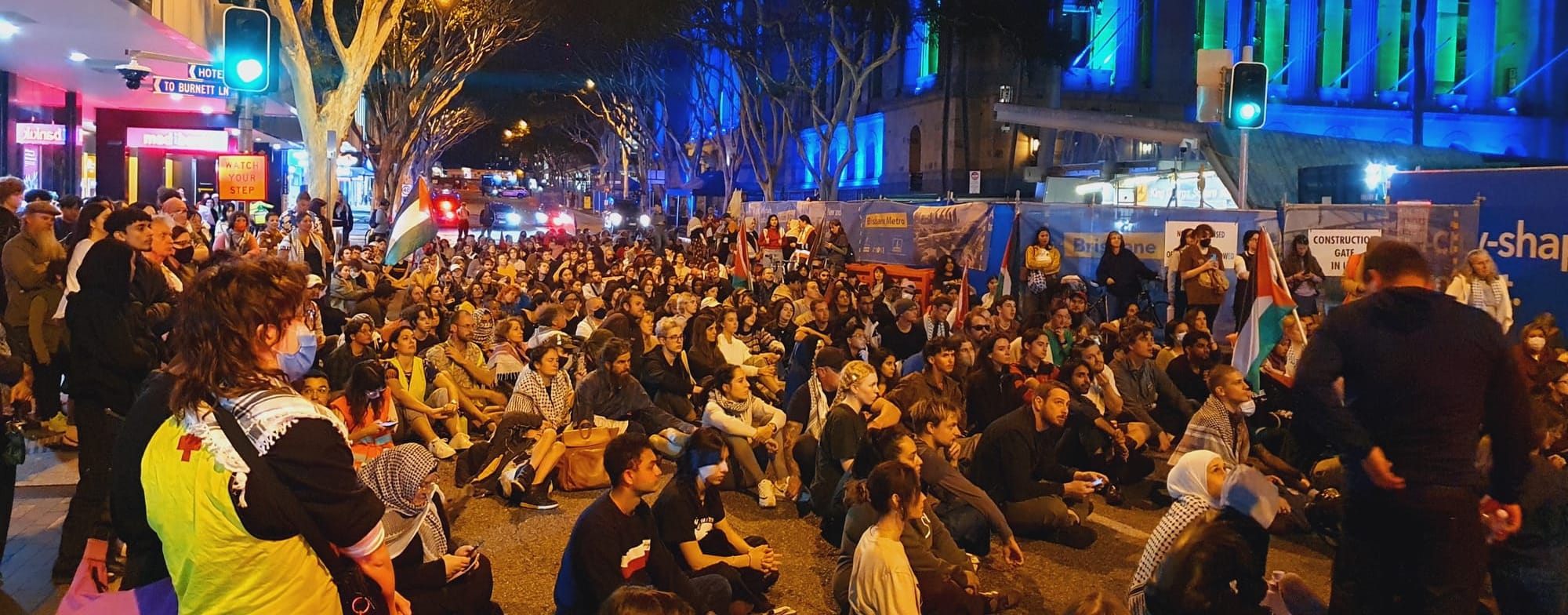
This was the right decision under the circumstances for a range of reasons…
- Watch house officers have lots of discretion about how long they hold arrestees and what bail conditions they impose before releasing them. Applying pressure (of the right kinds) can make the difference between someone being held for 45 minutes and someone being held for 6 hours.
- Movement participants need to know their comrades have their backs and that they won’t be abandoned if they’re the one who’s singled out.
- Police need to learn that arresting peaceful protesters will prolong and escalate protest actions rather than discouraging/dispersing them.
Last Friday, the police wanted to wrap up the protest and reopen the roadway to cars as quickly as possible. Hundreds of people sitting down and refusing to move until we’d had confirmation of our comrade’s release directly undermined that goal.
This snap sit-in tactic has been used a couple times over the years, including at an Invasion Day march when police tried to detain a young Murri participant and at least three thousand people sat down on Grey Street until the kid had been released. On that occasion (if I’m remembering correctly) the collective pressure was so strong that police decided not to arrest or press charges.
Obviously the tactic is safer and more effective with larger rallies when the ratio of participants to cops is higher.
But we’ve also used it in smaller actions, such as this protest in 2018 against hostile architecture when my friend was arrested. Police had actually locked her up in the back of their van and were ready to drive her to the watch house, but the rest of us (numbering only 15 or 20) made it clear that removing and charging her would only escalate the situation and cause more trouble, so the commanding officer decided to ‘unarrest’ her and let her out of the van with a verbal caution.
Based on experiences like these, I’m coming to the conclusion that every time a protest participant is arrested at an event we’re involved in (without planning to be arrested as part of some kind of intentional action), and the police don’t have the capacity to arrest us all or disperse us quickly, we should immediately turn the action into a prolonged sit-in unless there’s a really good reason not to.
Deterring handcuff–happy police
In practice, it’s not often that police are going to reverse a specific decision to arrest someone on the basis of people initiating a spontaneous sit-in. Last Friday, our comrade was released from the watch house pretty quickly, but the charge wasn’t dropped and she’ll still have to go to court. Released on bail and released without charge are very different things.
While the above-mentioned benefits of faster watch house processing and showing solidarity with movement participants are both important, ultimately the main reason to call spontaneous sit-ins when peaceful protest participants are arrested is to deter future police repression.
Cops use arrests to break up and shorten protest actions, and to discourage people from coming back. So we need to find ways to remind police that hauling some of us away is ultimately more trouble than it’s worth.
Police at rallies routinely make calculated decisions about when to move in to arrest individuals, and when to tolerate a certain degree of disruption and non-compliance so as to avoid further escalation.
Brisbane’s Black Lives Matter rally on Saturday, 6 June 2020, was probably the largest protest the city has hosted since the anti-Iraq war campaign of the early 2000s. Over thirty thousand people violated the state government’s covid-19 health regulations against public gatherings (these health directives were – by this point – illogical and inconsistent; the government was permitting thousands of people to gather in footy stadiums and casinos while simultaneously suppressing peaceful protests).
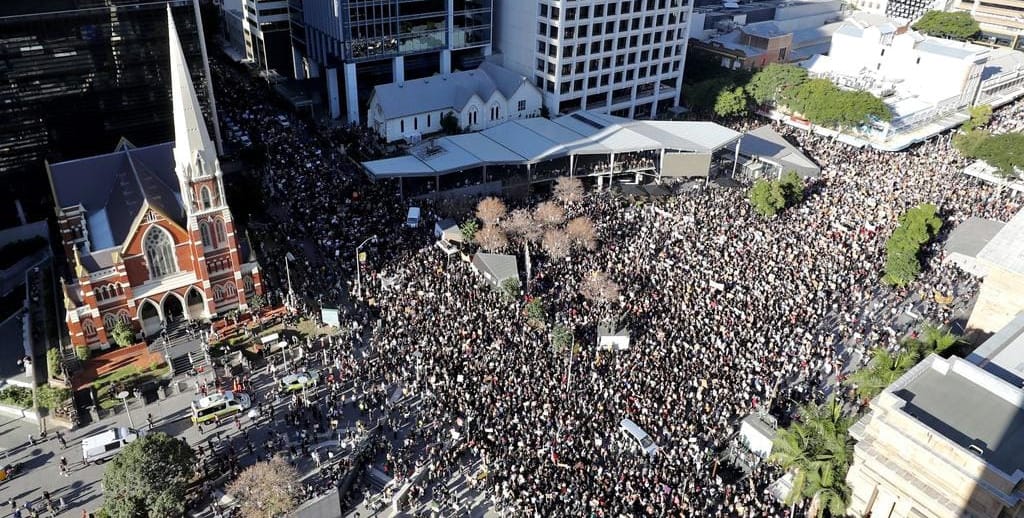
Despite mass violation of covid health rules and the absence of authorisation to block roads, no-one was dragged off to the watch house. Police knew very well that any arrests would have only antagonised participants and escalated the protests.
Throughout 2020, activists repeatedly defied excessively strict government health regulations against public gatherings, with very few rally participants ever being arrested or charged for breaching these rules.
It was a good reminder that even at a time of mass surveillance and expanded police powers, the state is not omnipotent, and still feels cautious about directly and forcefully suppressing protests.
If police commanders fear backlash and escalation when contemplating arrests at very large rallies, we can also teach them that the same risks hold true for smaller actions.
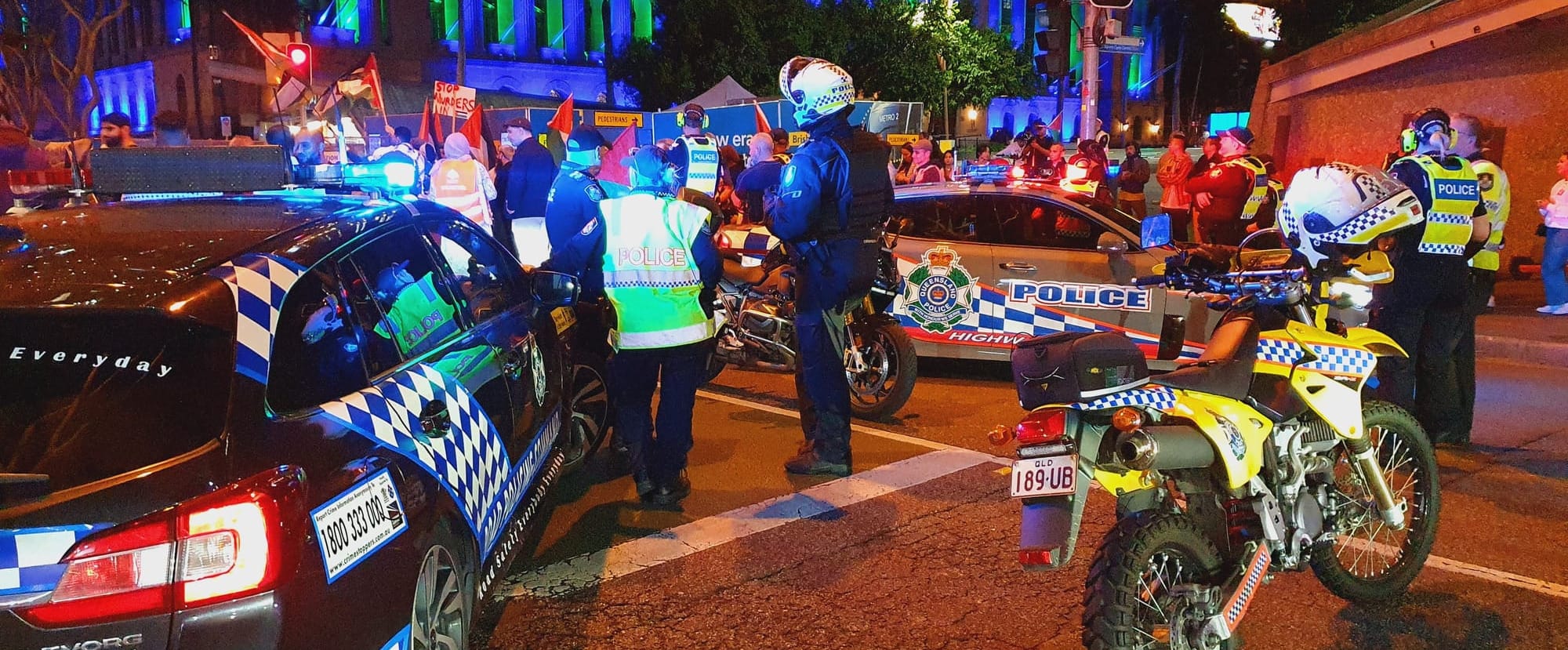
The reality is that once someone is arrested, there’s usually not much we can do right then and there to assist that individual (other than organising legal assistance and watch house support). But prolonging disruption via snap sit-ins sends the police an important deterrence message.
If cops who want to break up protests learn through experience that arresting someone will only stretch the event out, they’re going to be more hesitant about using arrests next time.
Sit-ins aren’t always viable
The obvious caveat to all this is that if large numbers of riot cops are present and the ratio of protesters to police is less favourable, a spontaneous sit-in could just lead to many more people getting arrested, which means more organiser time and energy diverted into supporting arrestees. If riot cops give sit-in protesters an order saying “move or you’ll be arrested,” they know they eventually have to follow through with that threat or risk losing face with their superiors and the wider public.
QPS officers have repeatedly shown that all else being equal, they are more likely to arrest First Nations people and people of colour than white Australian protesters. And the consequences of being arrested can be particularly harsh for non-citizens. So the vulnerability of participants needs to be taken into account when evaluating how to respond and what to ask of others.
There’s no consistent formula to all this. Police officers at rallies frequently behave irrationally and capriciously. And increasingly, police commanders are identifying and deliberately targeting known ‘activist leaders,’ hoping that by arresting the people they perceive to be ‘organising’ a protest movement, they’ll cut off the head and weaken it.
Queensland Police have in recent years developed a habit of arresting people on spurious grounds, knowing that the charges will never stack up in court, simply so they can impose ludicrously onerous bail conditions with non-association clauses that prevent that person returning to the site of the action and interacting with other activists.
But the fact that police might use a spontaneous sit-in as an excuse to arrest more people has to be weighed against the fact that if we don’t become more deliberate and assertive about challenging the arrests of our comrades, the police will be emboldened to use (some would say ‘abuse’) their arrest powers at protests even more often.
Handling police negotiators
The other lesson I was reminded of on Friday night is that the designated QPS ‘negotiators’ have no significant power and generally aren’t worth engaging with. These are the QPS employees who usually wear blue baseball caps and aren’t in full police uniform, who position themselves as the contact point between protest organisers and police command.
Commonly, the role these negotiators end up playing is to mislead and cajole activists. They are not independent intermediaries and should not be treated as such. But they also don’t directly control the officers on the ground. While they’ll maintain direct communication with rally organisers in order to get information out of them, they generally won’t warn or negotiate with organisers before other officers start making arrests.
On Friday night, when rally organisers were asking police negotiators what happened to our comrade and whether there was any chance the decision to arrest her could be reversed, it was clear that they had no real power, had no intention of sharing meaningful information about her arrest, and were incapable of even comprehending why arresting someone at a peaceful march was such a provocative and incendiary move from the police.
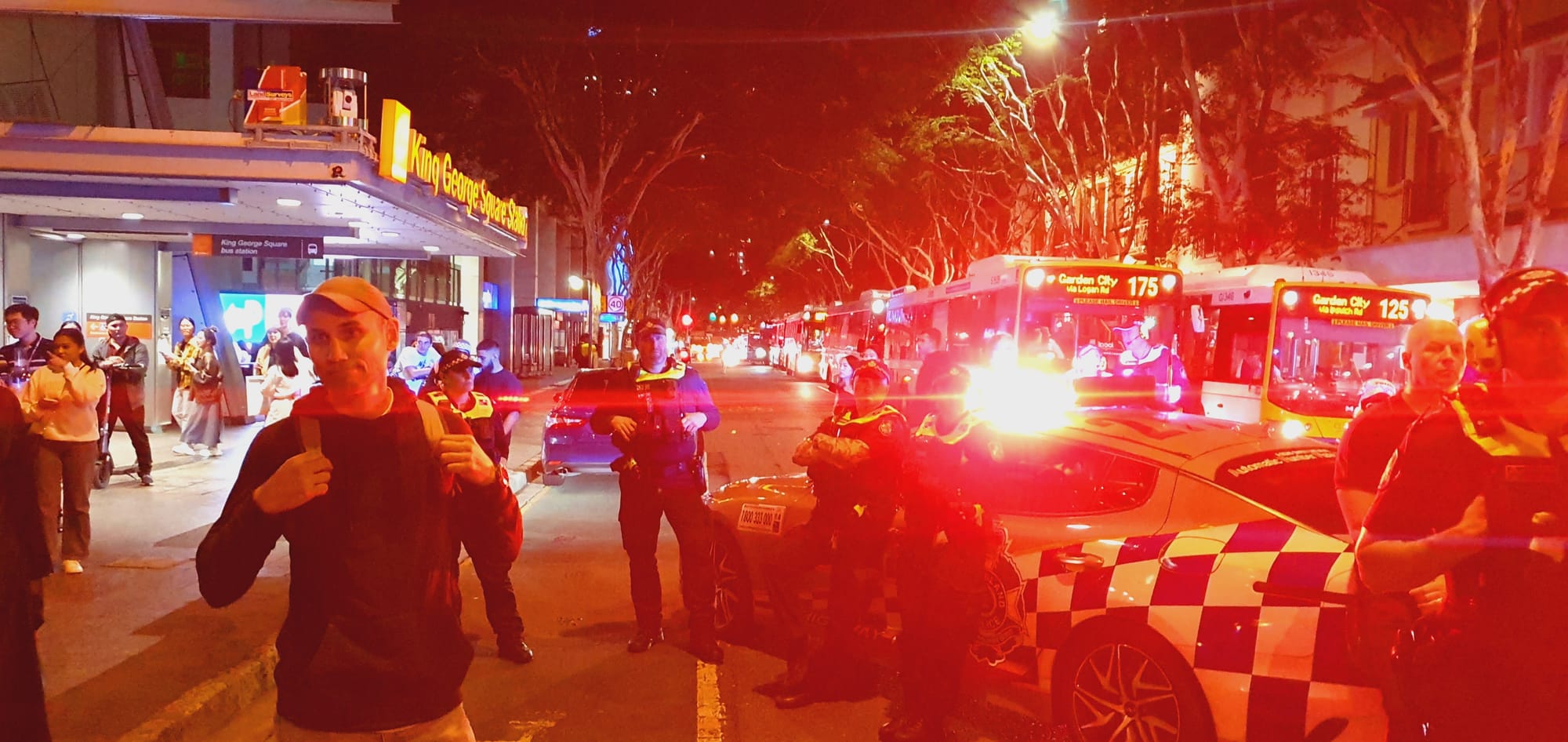
After trialing various approaches over many years, I’ve come to the view that if you’re organising a disruptive peaceful protest and believe there’s value in negotiating with police, you’re better off asking to talk directly to the commanding officer rather than wasting time with the blue-capped negotiators. If organisers do talk to police, they should generally try to do so while filming the discussion and using a megaphone/PA system so other activists can hear what’s going on.
We need more of these discussions
Most Brissie activists don’t make as much time as we probably should to discuss and theorise how we respond to different forms of government repression. Often, a couple of key organisers end up making rushed decisions without broader input from other action participants. This forecloses opportunities to learn from each other and strategise collectively.
In writing about this stuff, I’m hoping to encourage others to reflect and share their thoughts, as well as educate ourselves about the tactics that people in other parts of the world use when protest movements come under attack.
Over the coming weeks, it’s possible that more university administrations will begin moving against student protest camps, so we need to start having open conversations about our possible responses, not just in small, closed groups, but in formats and spaces where everyone who’s interested in the broader movement has a chance to learn and participate.
If in future, cops start singling out some of us at protests, hopefully the rest of us will know how to respond.
[In sharing these thoughts, I’m hoping they’re treated as a prompt and invitation for further conversations within Brissie’s activist communities. I’m not positioning myself as an all-knowing expert, and I’m very open to these ideas being critiqued, refined and expanded upon through further discourse.
I should add that I'm cautious about uncritically reifying arrests, and don't want to be mistaken for suggesting that getting arrested is the only/best way to help a movement.
These perspectives are informed by my own experiences of being targeted by police at rallies, from my legal background and my 7 years working as a city councillor, and from years of co-organising actions where I’ve had more interaction with police negotiators, commanding officers and the QPS major events unit than most Brisbanites. However I do want to acknowledge the limitations of my subjective viewpoint, and that we come to better conclusions when we theorise this stuff collectively. So let me know what you reckon!]
Thanks for reading! If you'd like to support me to write stuff like this on a more regular basis, please consider signing up for a $1/week paid subscription.
To learn more about your legal rights when participating in protests here in Queensland, check out Action Ready's website.
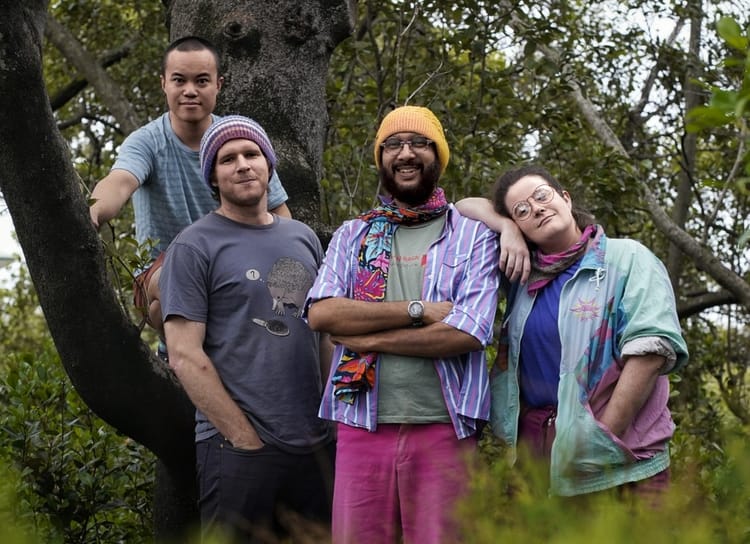
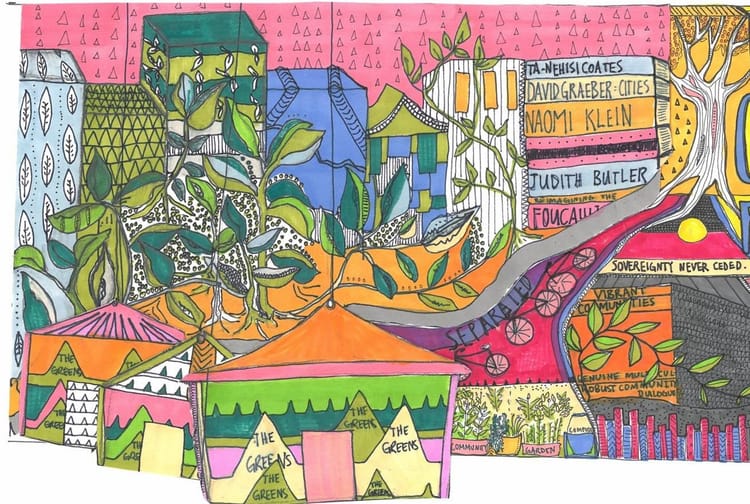
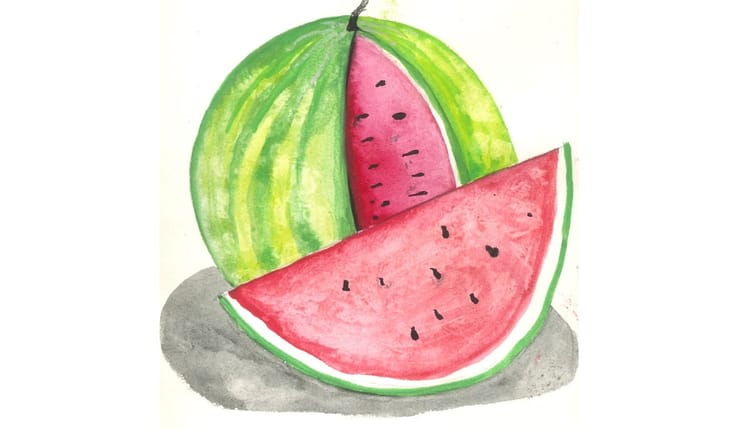
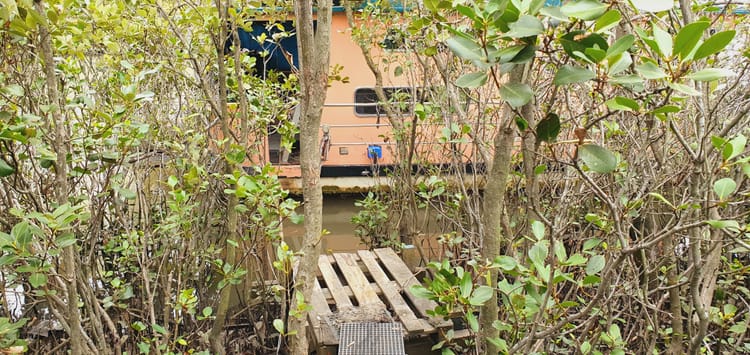
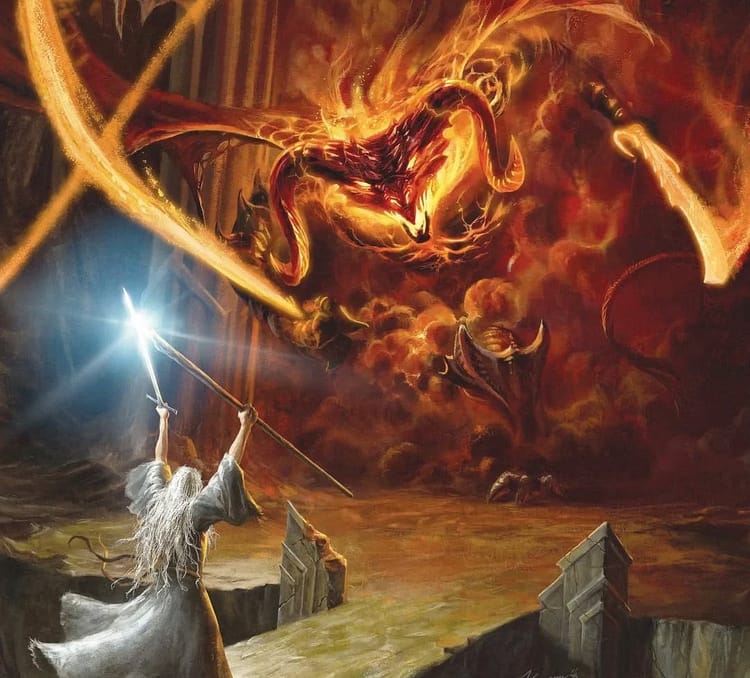
Member discussion